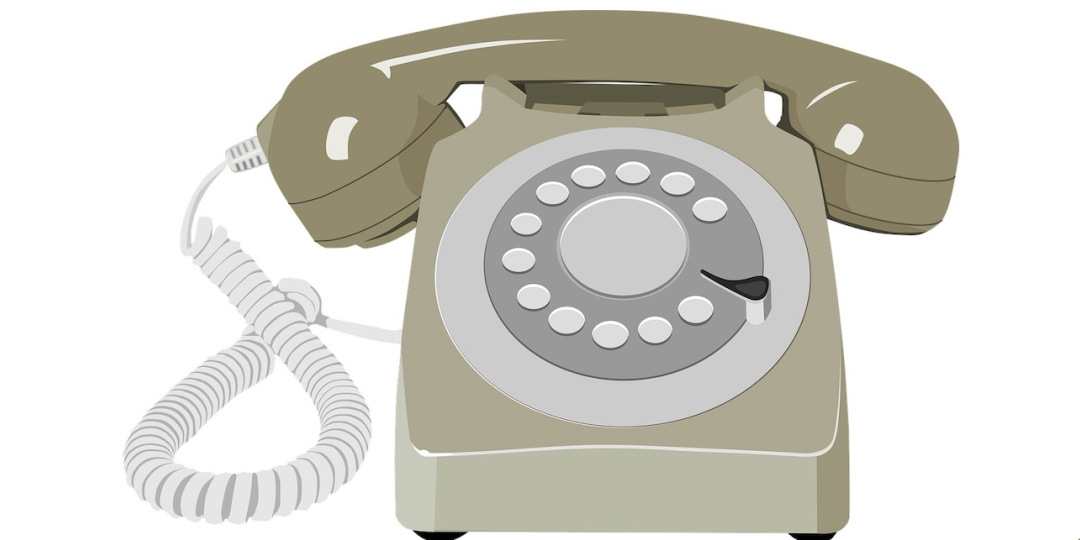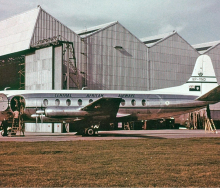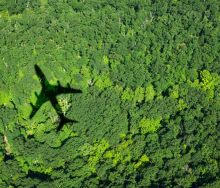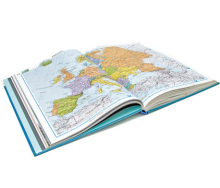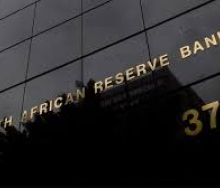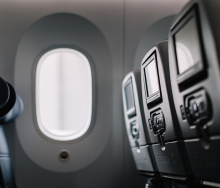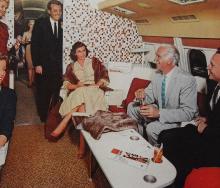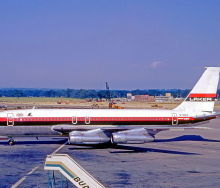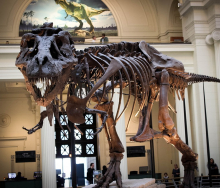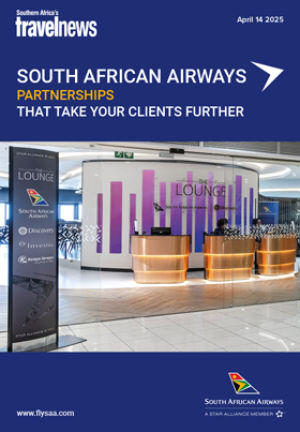The Dinosaur is Richard Beadle.
Beadle writes a fortnightly column about a different time in the industry. The Dinosaur’s themes and observations will be familiar to some, but difficult to imagine for others. Read on…
I arrived in South Africa in September 1974 on a five-year contract and I’m still here.
In 1974, South Africa had a Prime Minister. One US dollar would have cost you R00,68c. The US dollar actually only became stronger than the rand for the first time in March 1982.
Zimbabwe was then Rhodesia and the capital city was Salisbury – who remembers Air Rhodesia’s Flame Lily holidays?
SAA operated a service to all five continents although the airline did not have rights to fly over Africa. That meant flying ‘around the bulge’. That was around the West coast, landing at Sal in the Cape Verde Islands on a runway paid for by the South African taxpayer. The airline was then regarded as one of the best in the world!
Italy was the only European country for which South Africans required a visa. As sanctions became tougher, more and more countries introduced visa requirements for SA passport holders. It was during the apartheid years that the Australian government made life difficult for South Africans wishing to visit Australia by processing all visa applications through the Ozzie consulate in London, resulting in delays.
It’s ironic that obtaining a visa for Australia via this laborious process could actually work out faster than it does now for certain countries. With personal interviews (sometimes involving lengthy wait times for appointments) required by many consulates, applying for a visa can be a gruelling task these days. At least back then agents could apply for visas on our clients’ behalf.
The Schengen agreement was only signed in 1985. Prior to that, visas had to be obtained from each individual European consulate. So, it was necessary to keep a supply of each county’s visa forms in the office. These were completed by hand and submitted with the applicant’s photograph attached. (I recall one of our clients handing in his visa application at our offices with a photo the size of a postcard. When he was reminded that he had been told to include a passport-size photo he replied indignantly that the picture was exactly the same size as his passport). Most clients seemed to get it right but I do remember seeing one application with an accompanying photo of the applicant relaxing in a deckchair by the side of his swimming pool. Needless to say, the picture was replaced when the application was submitted. The forms were sent with the passport and the appropriate fee by hand to the relevant consulate. All this involved that most important member of staff – the messenger.
There was no e-mail in those days, the telex being the only form of long-distance communication apart from the telephone in the 1970s. Fax machines (which have now gradually been rendered obsolete) only became the preferred tool for long distance communication in the 1980s. So, all travel documents such as air tickets, vouchers etc were sent by hand and a reliable messenger was essential. If last-minute bookings were received after the messenger had gone for the day, staff members often had to make a detour on the way home to deliver the documents. Alternatively, a ticket-on-departure had to be arranged which involved issuing a hand-written MCO (miscellaneous charges order) much like arranging a PTA (Prepaid Ticket Advice).
Telexes, faxes, hand-written MCOs, PTAs – what on earth is the old dinosaur going on about, I hear you say. The fact is that before agents had Internet-based technology to fall back on, arduous and time-consuming manual procedures were the order of the day.
But, at least the lights stayed on.

